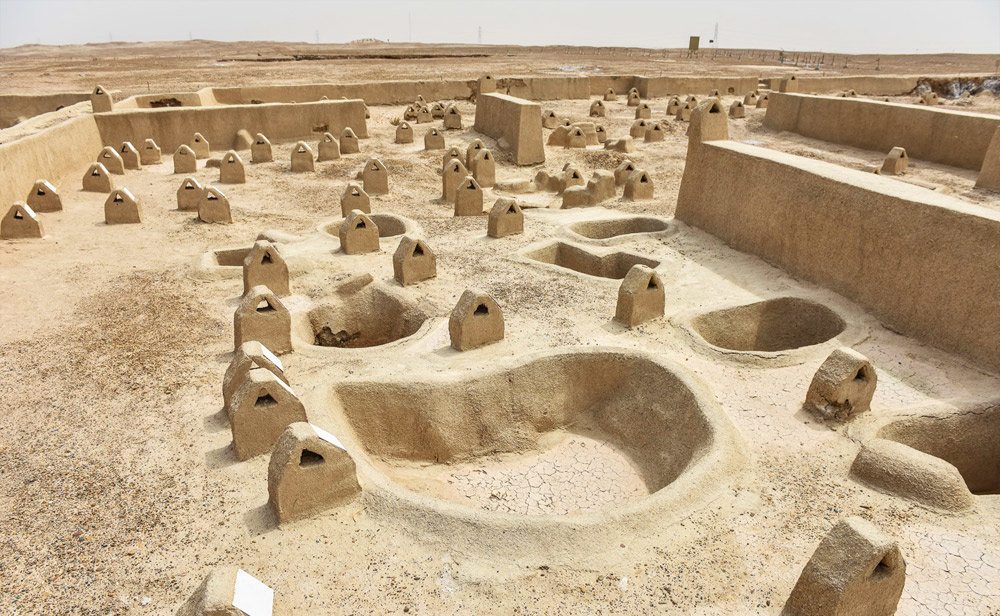Summary
Discovering Shahr-e Sukhteh
Shahr-e Sukhteh, known as the ‘Burnt City’, is a remarkable archaeological site in Iran. Its origins trace back to the Bronze Age, over 5,000 years ago. This ancient settlement offers a unique glimpse into early urban life. It spans over 151 hectares, revealing complex social structures, progress in various crafts, and early residential models. Found in the Sistan and Baluchestan province, Shahr-e Sukhteh was a hub for culture and trade emerged. Its interaction with Mesopotamia and the Indus Valley was extensive. This illustrates the city’s strategic importance in ancient trade routes. It was added to UNESCO’s World Heritage List for its valuable contribution to human history and culture.
Get your dose of History via Email
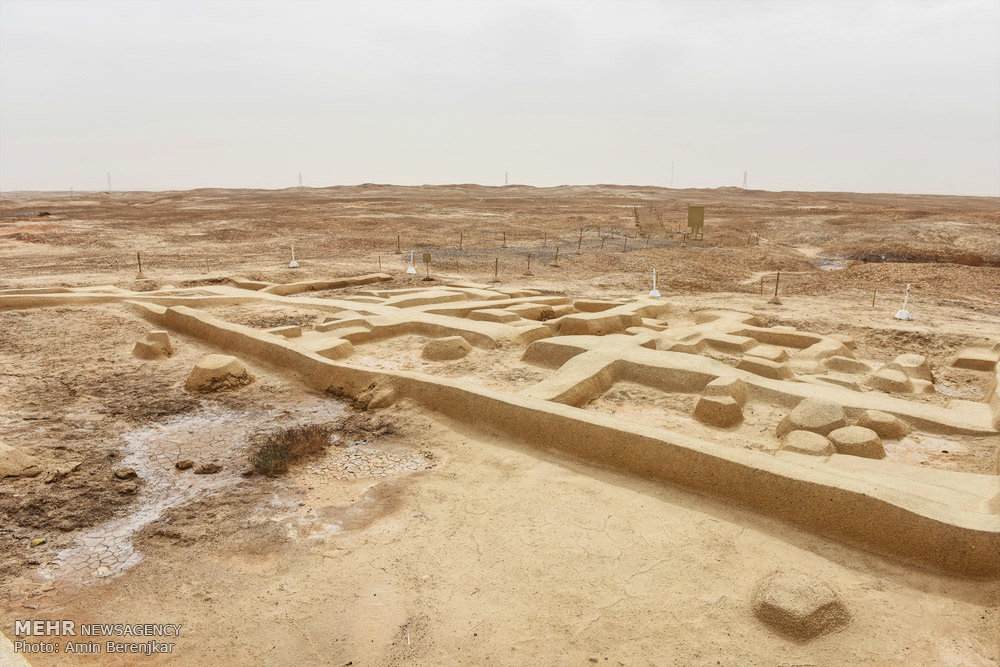
Architectural Ingenuity and Artifacts
The excavations at Shahr-e Sukhteh reveal advanced urban planning and architecture. The city was strategically designed with residential zones, industrial areas, and public buildings, each serving distinct functions. The recovery of numerous artifacts, ranging from pottery to intricate jewelry, showcases the city’s exceptional craftsmanship. Some finds, like the world’s earliest known artificial eyeball, hint at the medical knowledge of the inhabitants. Archaeologists have unearthed evidence of animation in the form of a goblet depicting a goat jumping to eat leaves, heralded as one of the first instances of animation in history.
Cultural and Historical Significance
Shahr-e Sukhteh is not only an architectural marvel but a testament to cultural interactions of ancient civilizations. It offers insights into the lives of its inhabitants through artefacts and remains. The city is also home to the oldest-known backgammon set, reflecting the entertainment and leisurely activities of the people. As researchers continue to delve into the site’s depths, Shahr-e Sukhteh will undoubtedly yield more secrets. It stands as a critical site for understanding the region’s prehistoric dynamics and the interconnected nature of ancient societies.
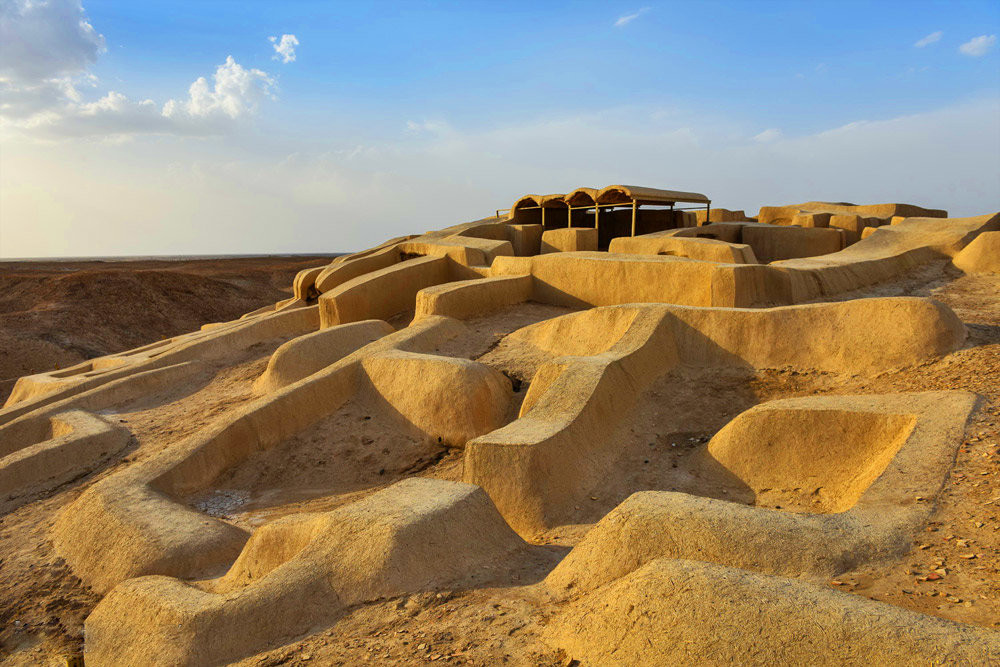
Historical Background of Shahr-e Sukhteh
The Rise of an Ancient Urban Center
Often called the ‘Burnt City’, Shahr-e Sukhteh’s roots reach deeply into history, around 3200 BCE. This Bronze Age marvel, found in southeast Iran, represented an early cradle of civilization. Its geographic location bridged important ancient trade routes. Consequently, it became a melting pot of cultural exchange. Artifacts uncovered there show a complex society with diverse trades and crafts. The rise of Shahr-e Sukhteh is a fascinating tale of human innovation and interaction.
Evidence of Sophisticated Urban Planning
At its zenith, Shahr-e Sukhteh covered about 151 hectares. Within its remains, one can discern the clear layout of a planned city. There were residential quarters, industrial sections, and public areas. This planning shows us the inhabitants valued organization and functionality. Streets ran straight, and houses had dedicated areas for different activities. Such orderliness indicates this ancient urban center placed a high emphasis on structure.
The culture and economy of Shahr-e Sukhteh thrived due to its prime location. It allowed residents to access both land and sea trade routes. This facilitated import and export with distant regions. Goods such as metals, lapis lazuli, and ceramics exchanged hands here. This helped them develop a vibrant trading economy. This was essential to the city’s prosperity and cultural richness.
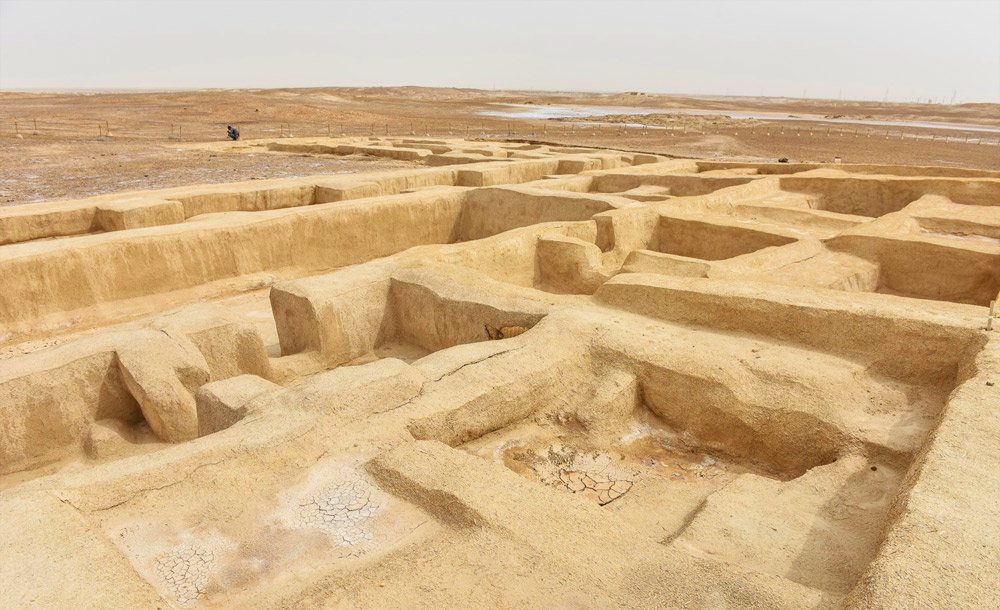
Decline and Legacy
Despite its early achievements, Shahr-e Sukhteh’s prosperity did not last indefinitely. The city endured for over a millennium before it mysteriously declined around 1800 BCE. Theories suggest changes in trade routes or natural disasters played a part. Nevertheless, the city’s legacy continues. Its architectural remains and artifacts provide crucial information. They shed light on early urban life and long-distance trade’s effects on culture.
Today, Shahr-e Sukhteh is much more than a historical site. It’s an embodiment of human history and a marker of ancient progress. Its investigation challenges us to understand life thousands of years ago. It also underlines the significance of shared cultural heritage. The site remains a testament to human ingenuity and resilience through time.
The Discovery of Shahr-e Sukhteh
Unearthing a Bronze Age Metropolis
Shahr-e Sukhteh’s rediscovery came as a revelation to the world of archaeology. It was an Italian team that first identified the significance of this site in the 1960s. While details on the exact circumstances are scant, we know this discovery opened a window into ancient urban life.
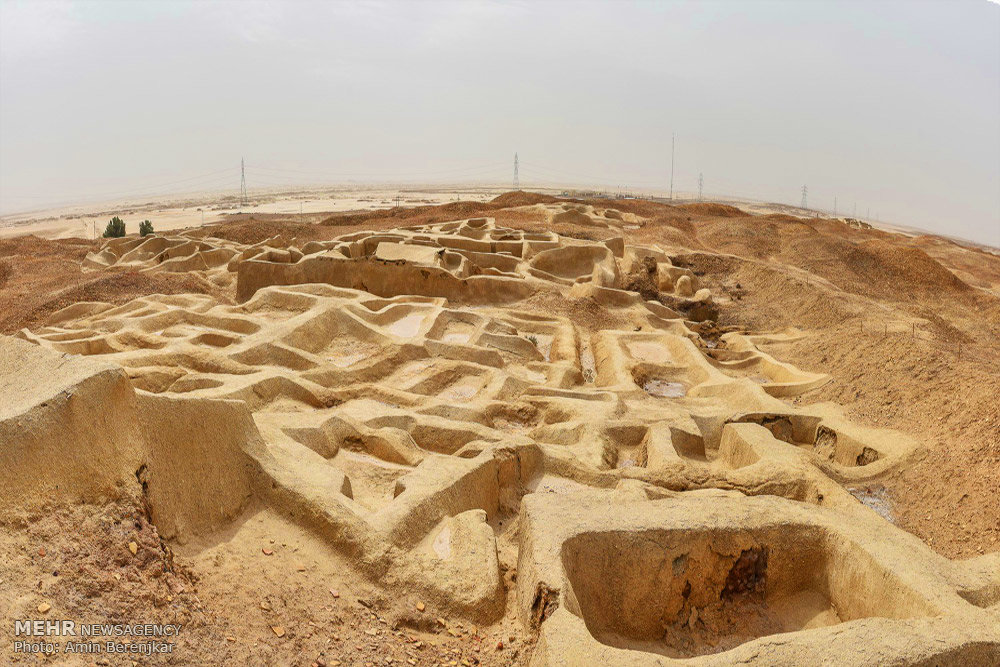
Initial Excavations and Findings
The initial digs revealed a society that had mastered urban planning and architecture. It was an astonishing find, considering the site dates back to around 3200 BCE. The early discoveries included residential structures with intricate designs. The dig also unveiled surprising artifacts pointing to a thriving culture highly engaged in trade and craftsmanship. Moreover, evidence suggested a strong community life and an advanced civilization.
After the initial discovery, a series of excavations followed across several decades. It became clear that Shahr-e Sukhteh had a complex economy. The finds included pottery, woven goods, and even remnants of an early writing system. These discoveries were pivotal, as they indicated that the city was a prominent trade hub.
Continuing the Legacy of Discovery
To this day, excavations at Shahr-e Sukhteh continue. Each layer unearthed provides more clues about the people who once lived here. The persevering efforts of archaeologists and researchers are key. They ensure the city continues to unveil its long-hidden secrets and the splendors of its past.
The discovery of Shahr-e Sukhteh stands as a milestone in the understanding of civilization’s early days. It reminds us how settlements evolved into complex societies. The site continues to captivate and educate us about the ingenuity of our ancestors. Shahr-e Sukhteh’s discovery is a story of historical significance that continues to unfold.
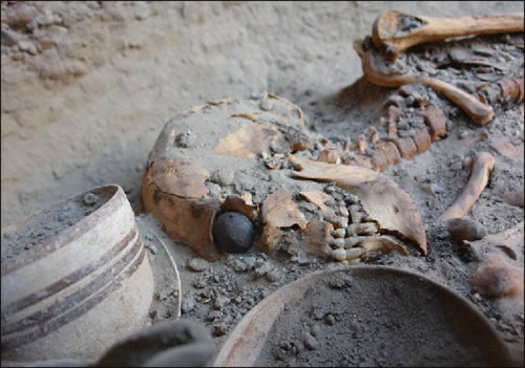
Cultural Significance, Dating methods, Theories and Interpretations
The Cultural Impact of Shahr-e Sukhteh
Shahr-e Sukhteh’s extensive cultural influence stems from its position as a prominent trade center. Goods, crafts, and ideas exchanged here linked civilizations across the Bronze Age world. The city was pivotal in shaping regional artistic expressions and technological advancements. Artifacts suggesting societal complexity, like the world’s earliest known artificial eye, attest to this. The cultural significance of Shahr-e Sukhteh goes beyond its borders. It illustrates the interconnectedness of ancient societies.
Employed Techniques in Dating the Site
To determine Shahr-e Sukhteh’s age, researchers used radiocarbon dating methods. Through the measurement of carbon isotopes in organic materials, they could estimate the timeline accurately. The process illuminated the city’s establishment and its periods of prosperity and decline. These methods are crucial for developing a clearer historical context. They allow archaeologists to build a more complete picture of Shahr-e Sukhteh’s story.
Theories and interpretations of Shahr-e Sukhteh are plenty but all fuel our understanding of the site. Some suggest the city fell due to a natural catastrophe. Others propose the shifting of trade routes as contributing factors. Recent discoveries, like evidence of an early writing system, help scholars develop new theories. It also challenges our understanding of civilization’s development in this region.
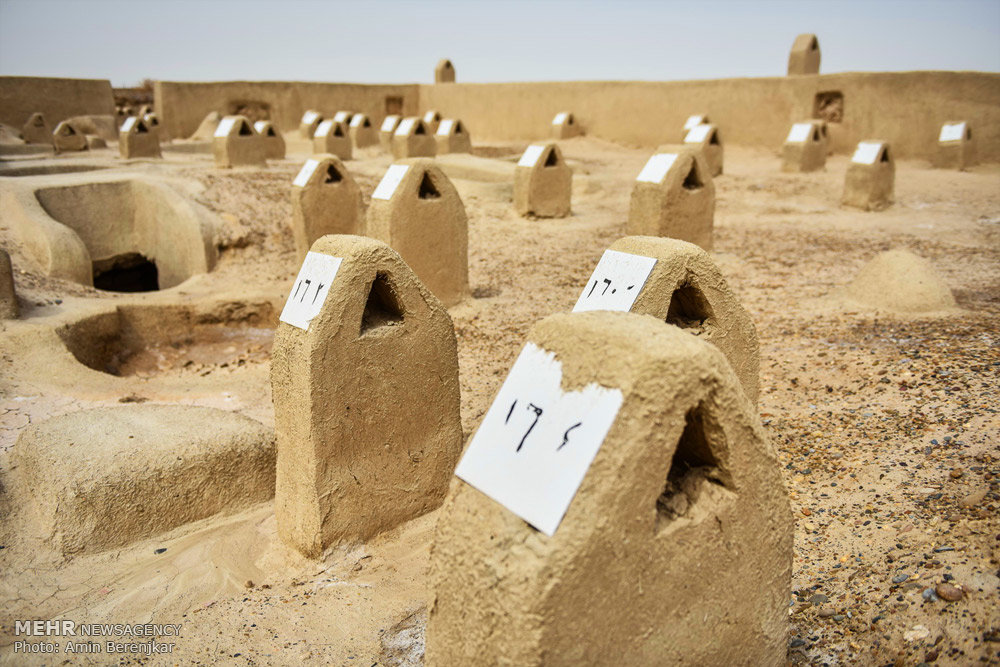
Interpreting the City’s Socioeconomic Structure
The layout of Shahr-e Sukhteh reveals much about the socioeconomic divide within the ancient city. Larger, more elaborate structures possibly housed the elite or served as public spaces. Smaller dwellings indicate the existence of various social strata. Researchers interpret these as signs of a society where trade and craft specialization played vital roles. They also give us insights into the daily life of the city’s residents.
The interpretation of discoveries like the game pieces and their context suggests leisure played a role in daily life. Studies of the city’s graves show a population practicing complex burial rituals. These interpretations help us imagine the customs, beliefs, and lifestyle of its inhabitants. As a result, Shahr-e Sukhteh continues to serve as a cultural and historical beacon. It connects us to the lived experiences of past civilizations through the clues they left behind.
Conclusion and Sources
In conclusion, Shahr-e Sukhteh offers an unparalleled glimpse into ancient life and has been critical in piecing together the history of early urbanization. Through the continuous efforts of excavation and research, the site has revealed much about trade, culture, and the daily lives of its inhabitants. Advances in dating techniques and ongoing interpretation of findings help scholars deepen their understanding of this intriguing Bronze Age city, contributing profoundly to our shared human history.
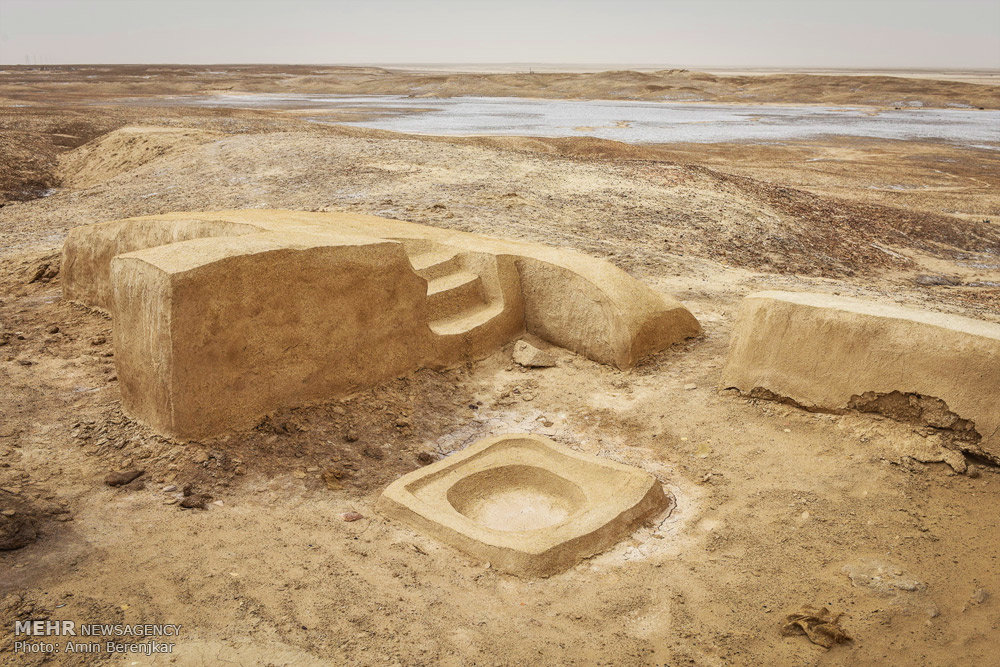
For further reading and to validate the information presented in this article, the following sources are recommended:
Or you can check any of these reputable archaeological and historical texts:
Majidzadeh, Y. (1976). ‘The Early History of Goods and Traffic in Eastern Persia’ Iranian Studies, 9(2-3), pp. 163-178. DOI: 10.1080/00210867608701505.
Potts, D.T. (1999). ‘The Archaeology of Elam: Formation and Transformation of an Ancient Iranian State’. Cambridge: Cambridge University Press. ISBN: 0521564964.
Sumner, W. M. (2003). ‘Early Urban Life in the Land of Anshan: Excavations at Tal-e Malyan in the Highlands of Iran.’ University Museum Monograph, 117. University of Pennsylvania Museum of Archaeology and Anthropology. ISBN: 1931707518.
UNESCO (2014). ‘Shahr-i Sokhta.’ UNESCO World Heritage Centre. Available at: https://whc.unesco.org/en/list/1456/ [Accessed on 10th April 2023].
Vanden Berghe, L. (1982). ‘Archaeological Research in Iran: The Recent Activities of the Belgian Mission.’ Iranian Archaeology and Art, pp. 47-62.

